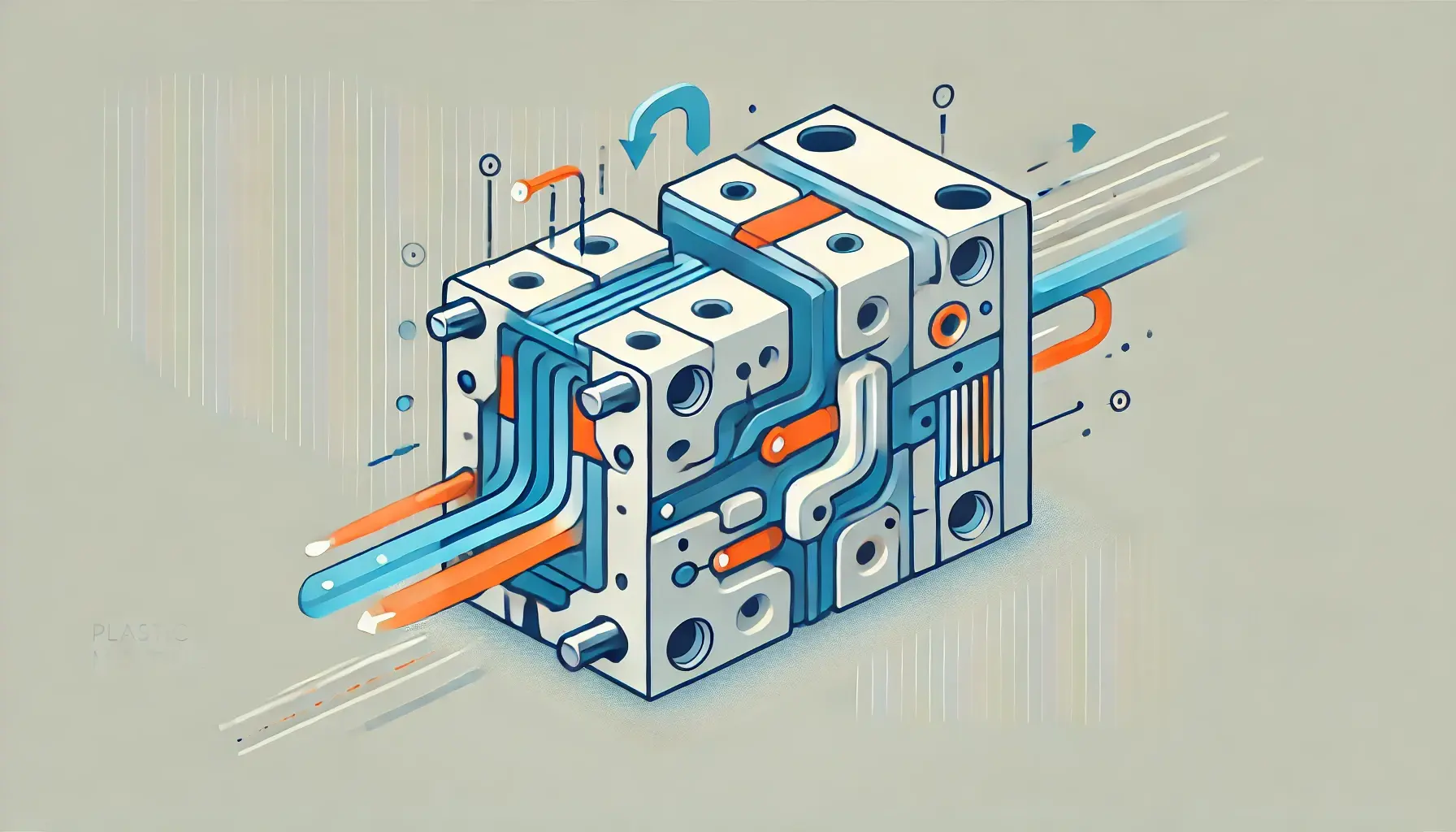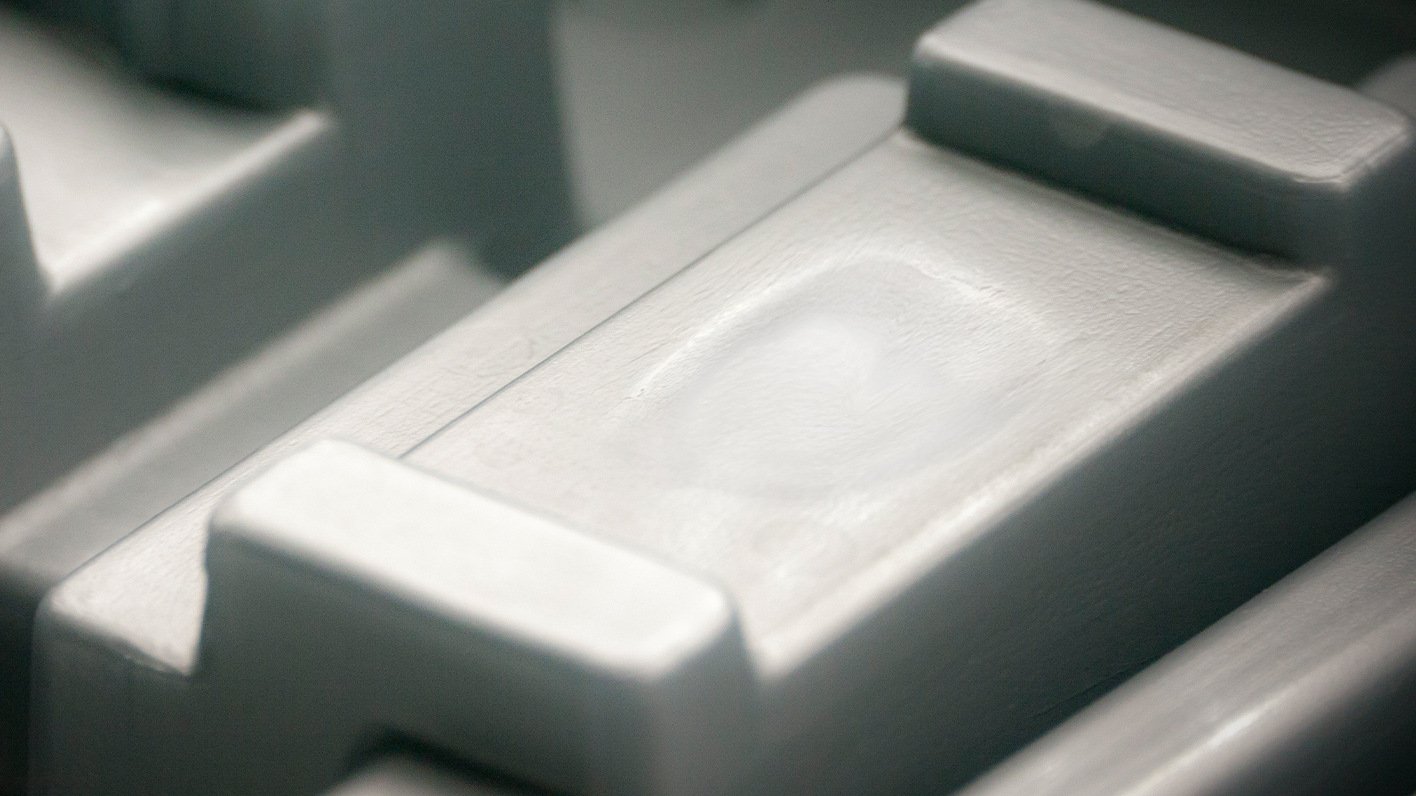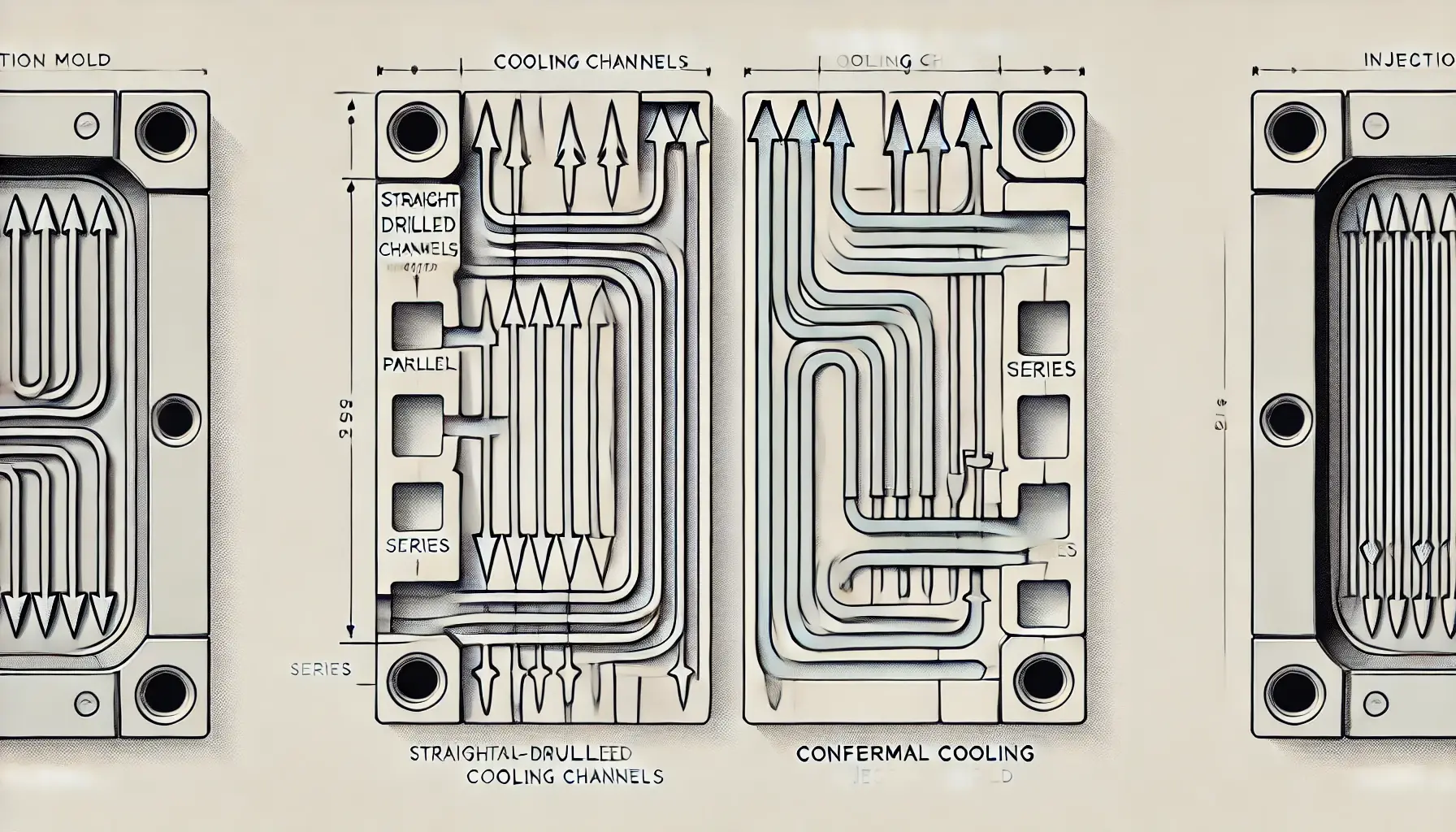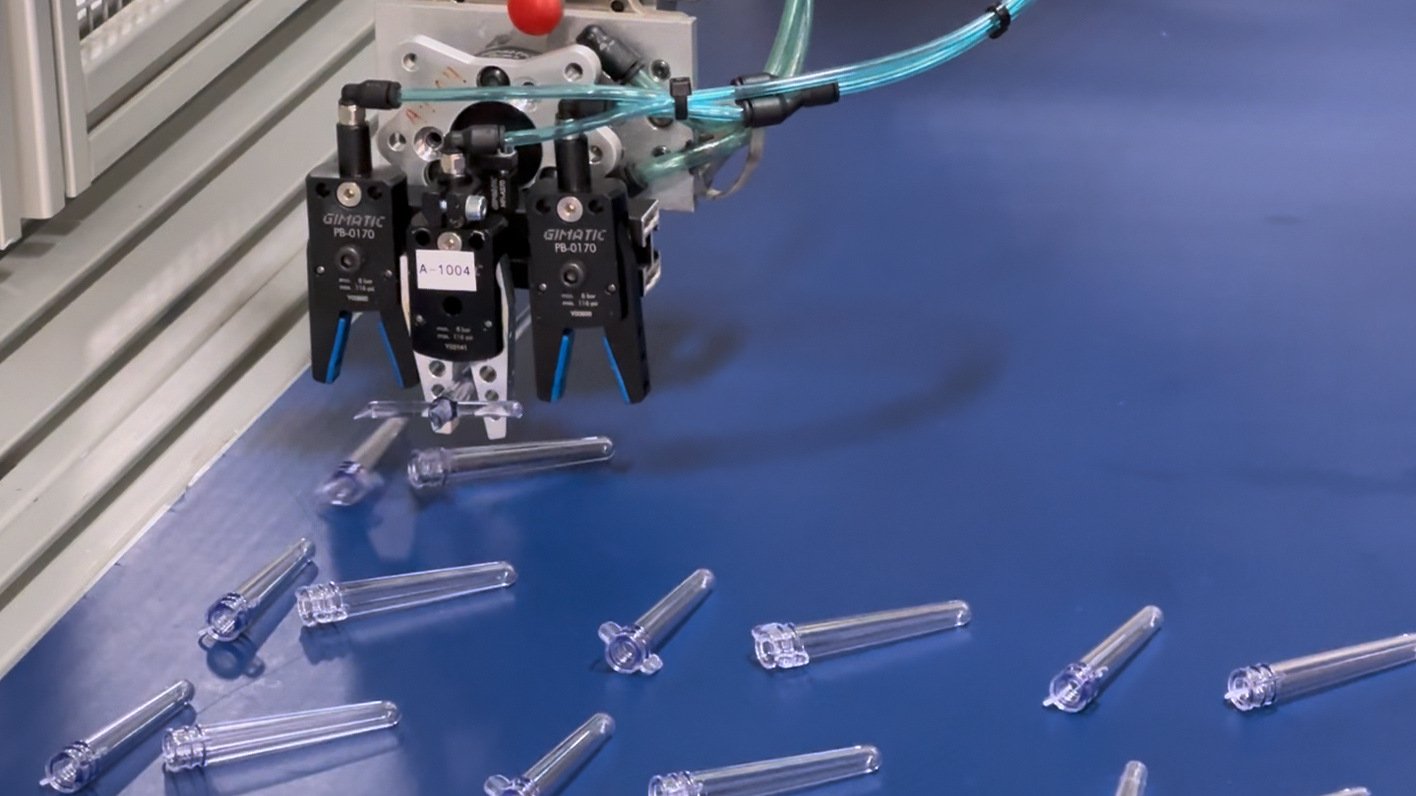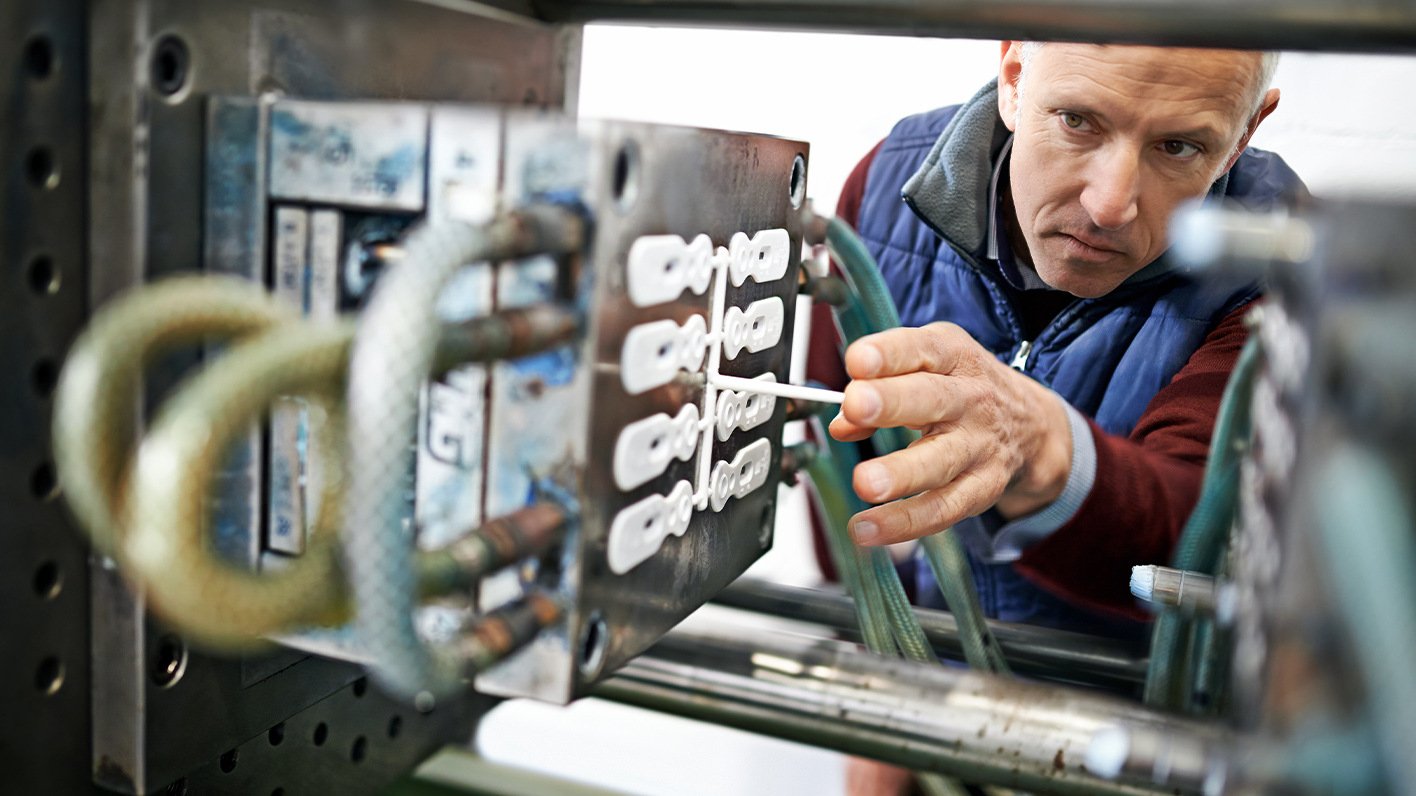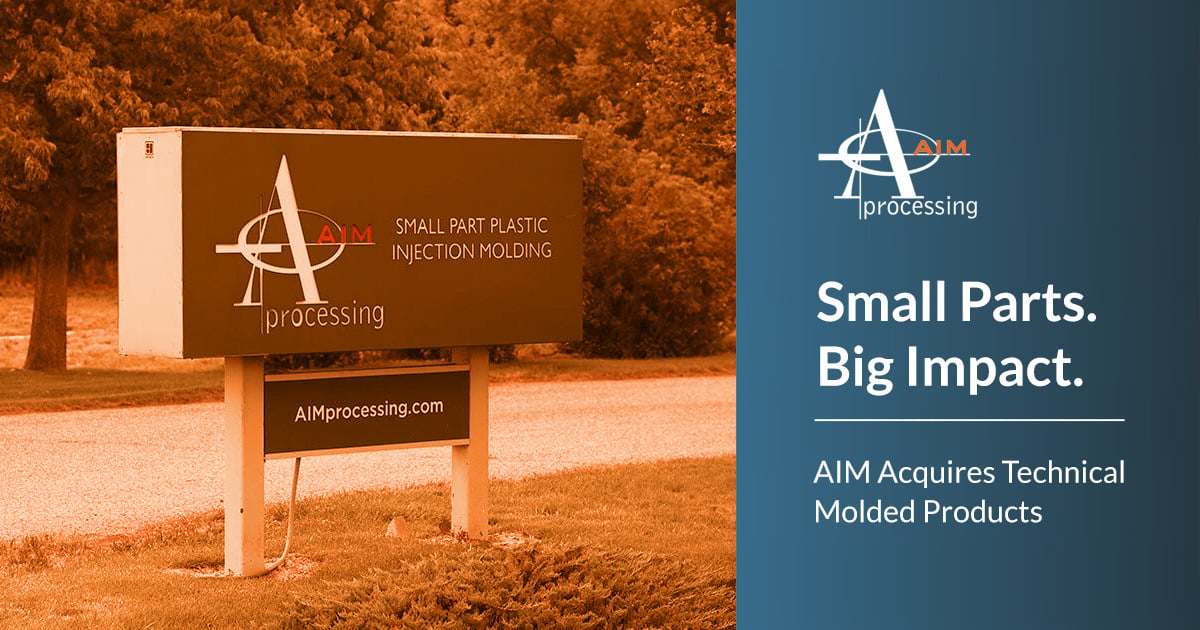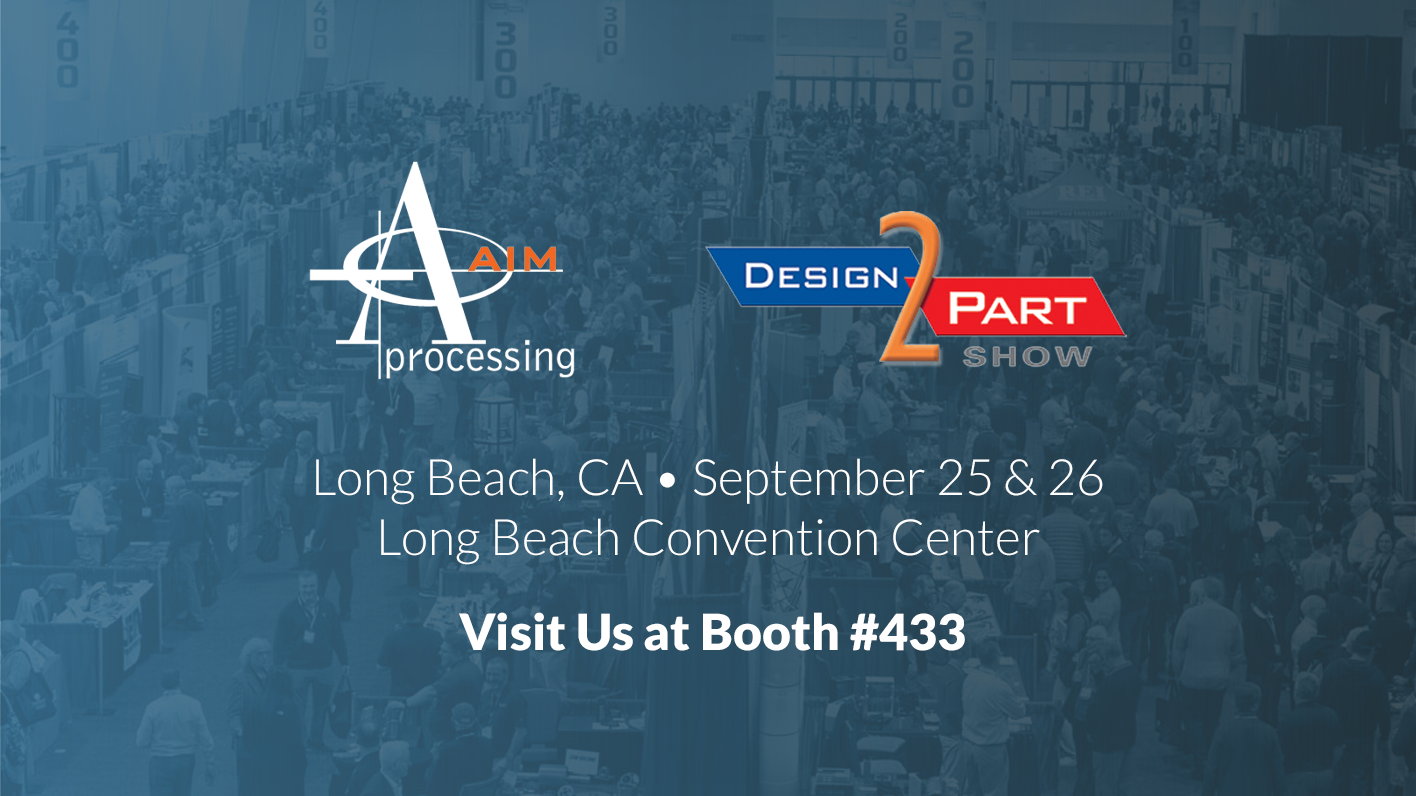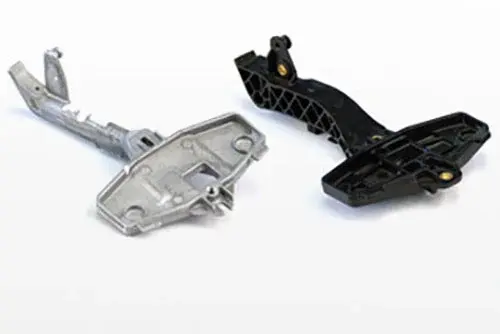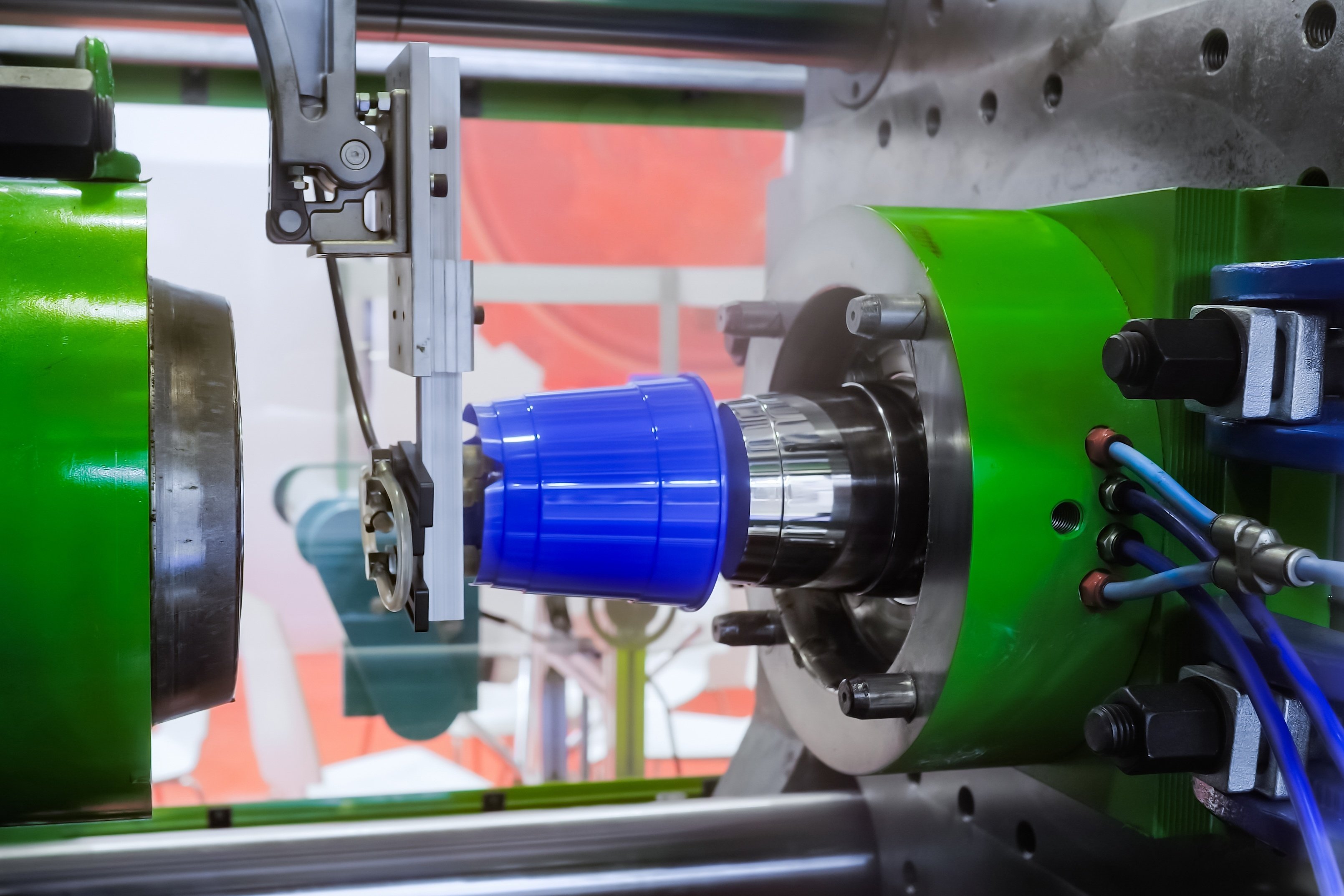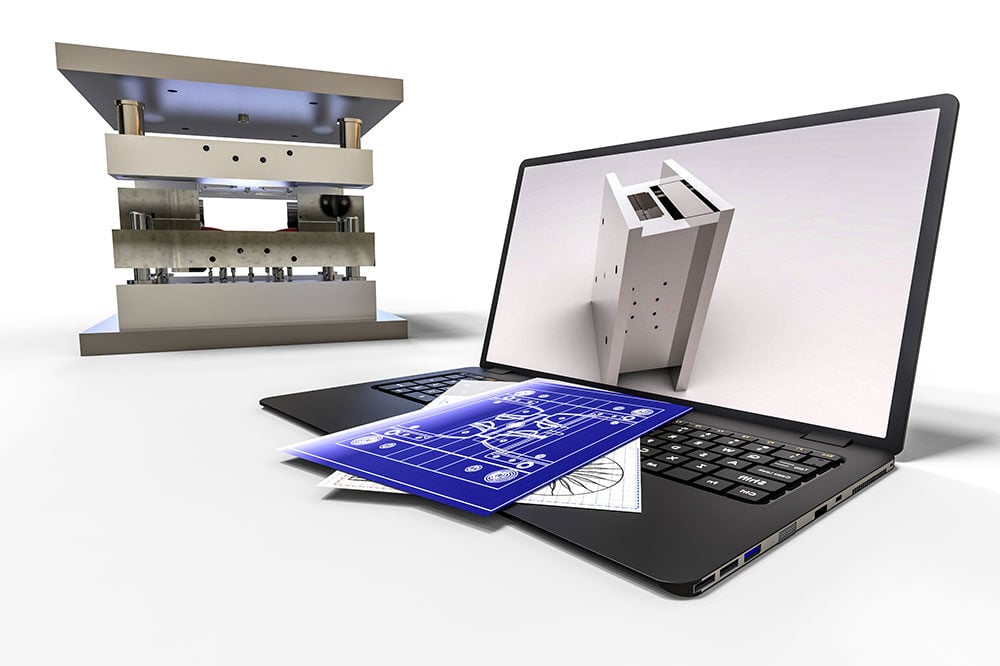In plastic injection molding, the process of demolding a part is as important as creating the mold design and forming the part. Successful demolding is essential for maintaining part quality, reducing mold damage and minimizing cycle times. To optimize the process, here are three crucial tricks to enable a clean release from the mold without creating defects in the part. These recommendations will generate more consistent and efficient demolding.

 SINCE 1993 MADE IN USA
SINCE 1993 MADE IN USA 